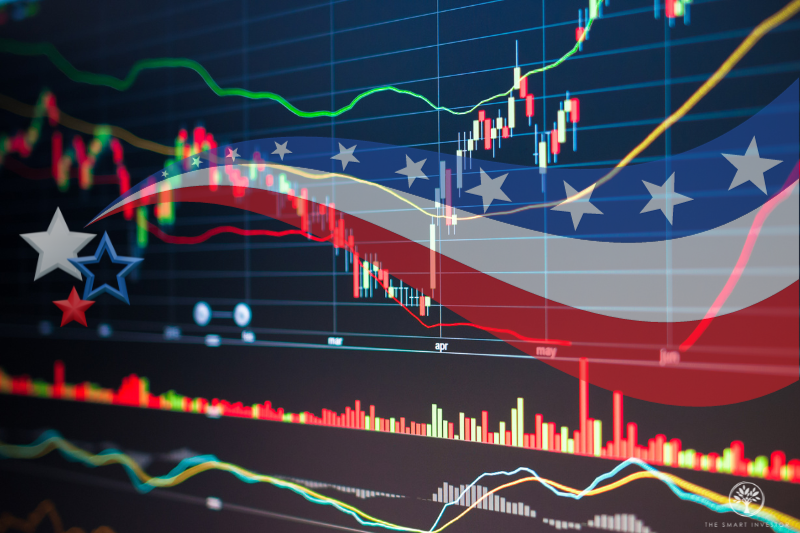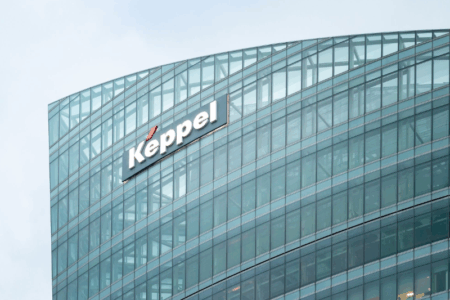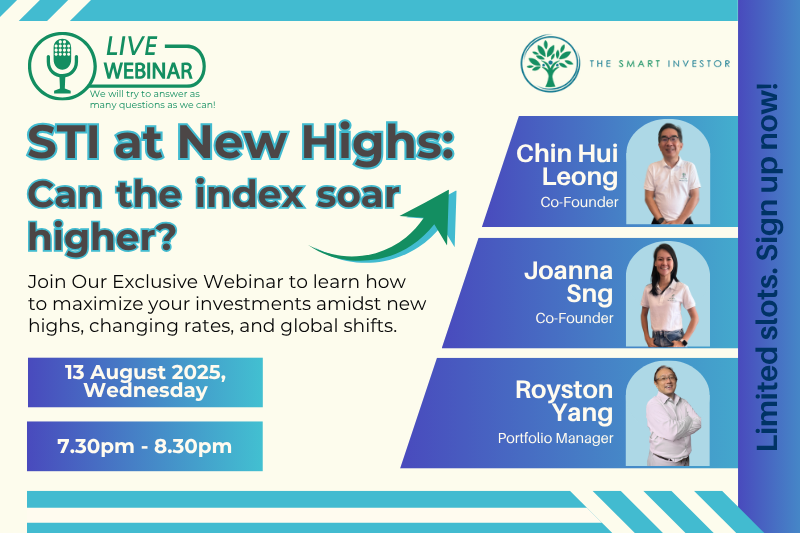In a cut-throat world where winners take all and losers fall, the global business environment is littered with companies that went big on fleeting trends, only to lose it all.
From trash to tech, winners can be found dominating their niche sectors with durable competitive advantages, compounding wealth for investors in the long run.
Today, we uncover three global growth stocks spanning diverse sectors that investors can buy today and hold confidently for the next decade.
Waste Management (NYSE: WM): North America’s Trash Titan
WM is North America’s leading environmental solutions provider, offering waste collection, disposal, and recycling services through the largest disposal network and collection fleet.
Its route density (waste collected per unit distance) is the highest among its peers, allowing it to maximise waste collection at lower operating costs.
High regulatory permits associated with operating new landfills create high barriers to entry for potential competitors, cementing WM’s entrenched regulatory moat.
Beyond conventional waste collection, it expands into Renewable Natural Gas (RNG) facilities where landfill gas is generated and sold as renewable energy.
WM also provides regulated disposal of medical waste through its Healthcare Solutions segment to meet rising waste collection demands from the increasing build-up of healthcare facilities, driven by an ageing population.
It invests in automation technologies, including AI, to optimise its fleet and facilities, lowering costs and improving efficiency.
WM’s 3Q2025 revenue increased to US$6.4 billion, up 15% year on year (YoY).
Operating EBITDA surged 15% to US$1.97 billion, achieving a record quarterly margin of 30.6%.
However, GAAP operating income reduced to US$989 million, down 12% YoY, primarily due to US$202 million in impairment charges related to the temporary idling of a plastic recycling facility ($155 million) and landfill closure ($47 million).
Without these impairment charges and other non-cash losses, its operating cash flow increased 12% to US$4.3 billion.
Free Cash Flow increased 33% due to a gradual reduction in capital expenditure (capex) as the company moved away from its peak investment levels.
The temporary decline in recycled commodity prices reduced sales of recyclable materials by nearly 35% from the prior year.
Given that only about 7% of its total revenue comes from this segment, this cyclical risk is minimal and transient.
WM’s unmatched route density, massive network of landfills and regulatory moat shield it from competition, allowing it to increase prices without losing customers.
Meta Platforms (NASDAQ: META): The King of Social Media
Meta Platforms’ “Family of Apps” consists of a suite of market-leading social media platforms that secured its reign in the advertising space, contributing most of its revenue.
In contrast, “Reality Labs”, which provides consumers with virtual and augmented reality experiences, contributes much lower revenue and is still loss-making.
Meta’s competitive advantage is underpinned by its unrivalled base of 3.5 billion Daily Active People (DAP) from its “Family of Apps”, strengthened by its leadership in advertising AI.
The social network operator pursues ambitious goals such as developing AI models and AI glasses with enviable financial strength, funded by its highly profitable ad business, with minimal debt.
The next phase of growth comes from Meta Superintelligence Labs (MSL), delivering personal superintelligence by integrating AI into its portfolio of consumer gadgets and apps.
Meta’s revenue surged in 3Q2025 to US$51.2 billion, with operating income rising to US$20.54 billion, up 26% and 18% YoY respectively.
Despite persistent losses from Reality Labs, it maintained a resilient operating margin of 40%, consistent with its historical range.
However, its reported net income was just US$2.7 billion, down 83% YoY, due to a one-time, non-cash tax charge of US$15.9 billion associated with the One Big Beautiful Bill Act (excluding this charge, adjusted net income would have been US$18.6 billion).
Meta’s already aggressive capex spending to expand its AI compute is expected to persist in 2026, introducing short-term margin pressure risks.
Legal and regulatory headwinds from both the European Union (EU) and the US could potentially pose further financial risks.
Despite capex, legal and regulatory concerns, Meta’s core ad business remains reliably profitable and maintains a fortress balance sheet capable of funding its costly but prospective long-term AI ambitions.
Copart (NASDAQ: CPRT): Turning Crashes to Cash
Based in the US, Copart is a global leader in online vehicle auctions, with its proprietary VB3 auction platform and massive logistics for vehicle storage.
With 270 locations in 11 countries, and 175,000 vehicles up for auction daily, its scale is unmatched by competitors.
Connecting buyers and sellers around the world, Copart derives revenue through listing fees, sale commissions and buyer premiums.
More than 80% of its vehicle volume comes from insurance sellers who took over vehicles from their clients as part of claims settlement.
For fiscal year 2025, revenue grew 9.7% to US$4.65 billion, driving operating income up to US$1.70 billion (36.5% margin) and net income to US$1.55 billion, up 7.8% and 13.7% respectively.
Operating cash flows surged 22.2% to US$1.80 billion.
It operates with a fortress balance sheet – a high cash balance of US$2.8B and no outstanding debt.
Additionally, its marketable securities stand at US$2.0B, consisting of risk-free US T-bills that generate an additional interest income of US$178.9 million.
High liquidity of buyers and sellers on its platform attracts more people to transact on it, which in turn, sustains a self-reinforcing flywheel that drives transaction growth.
The increasing complexity of vehicles, leading to higher repair costs, is expected to drive more cars to be auctioned, creating a secular tailwind for Copart’s business.
While most of Copart’s revenue is derived from North America, it is expanding into international markets, exposing it to risks associated with inconsistent vehicle salvage regulations.
Despite higher repair costs from increasingly complex vehicles historically acting as tailwinds, they risk becoming a headwind if these advanced cars are proven to reduce accident rates dramatically.
Overall, Copart’s massive financial and strategic advantages significantly eclipse its risks, allowing it to sustain its profitability over the next decade.
What This Means for Investors
These companies dominate the markets they operate in, which financially translates to consistent revenue growth in the long run.
Barring the occurrence of one-time costs and non-cash losses, their profits and cash flows grew consistently.
Meta and Copart’s fortress balance sheets provide an immense war chest to pursue their expansion plans.
WM enjoys pricing power through long-term contracts and regulatory moats.
Get Smart: Three Distinct Moats, One Portfolio
Meta, Copart, and WM offer a unique blend of exposure to tech, auto auctions, and essential services, respectively.
Meta offers enormous growth potential, while WM provides essential services which are more defensive during market downturns.
Copart, providing essential vehicle salvage through a digital platform, offers investors both defensive and growth characteristics.
Long-term investors with investing horizons of a decade or more can consider one or more of these stocks in their portfolio to benefit from their diverse strengths.
Big Tech is spending hundreds of billions on AI, and the ripple effects are just beginning. Our new investor guide shows how AI is changing the way companies generate revenue, structure their business models, and gain an edge. Even if you already know the major players, this report reveals something far MORE important: The why and how behind their moves, and what it means for your portfolio. Download your free report now.
Follow us on Facebook, Instagram and Telegram for the latest investing news and analyses!
Disclosure: Larry owns shares of Meta and Copart.





